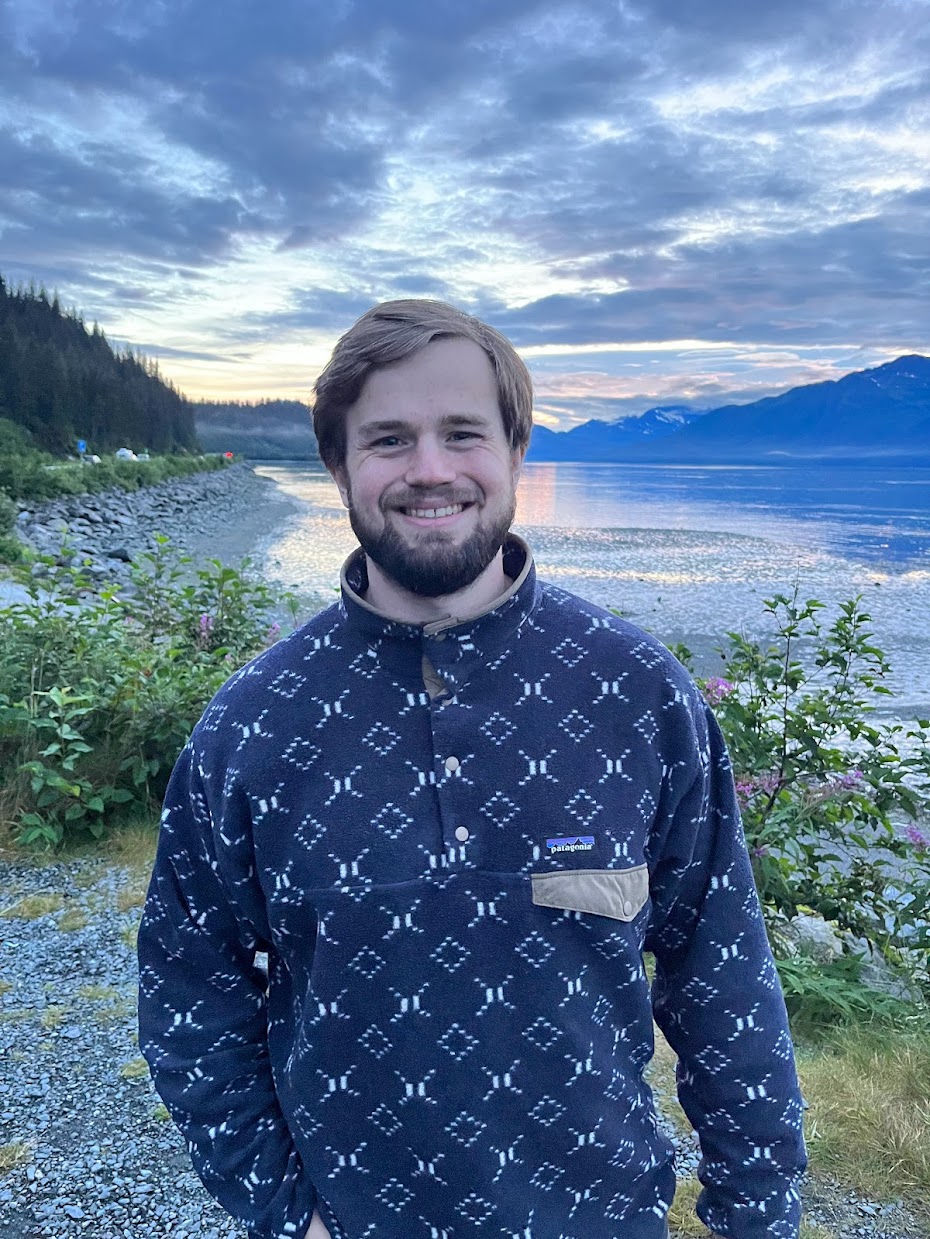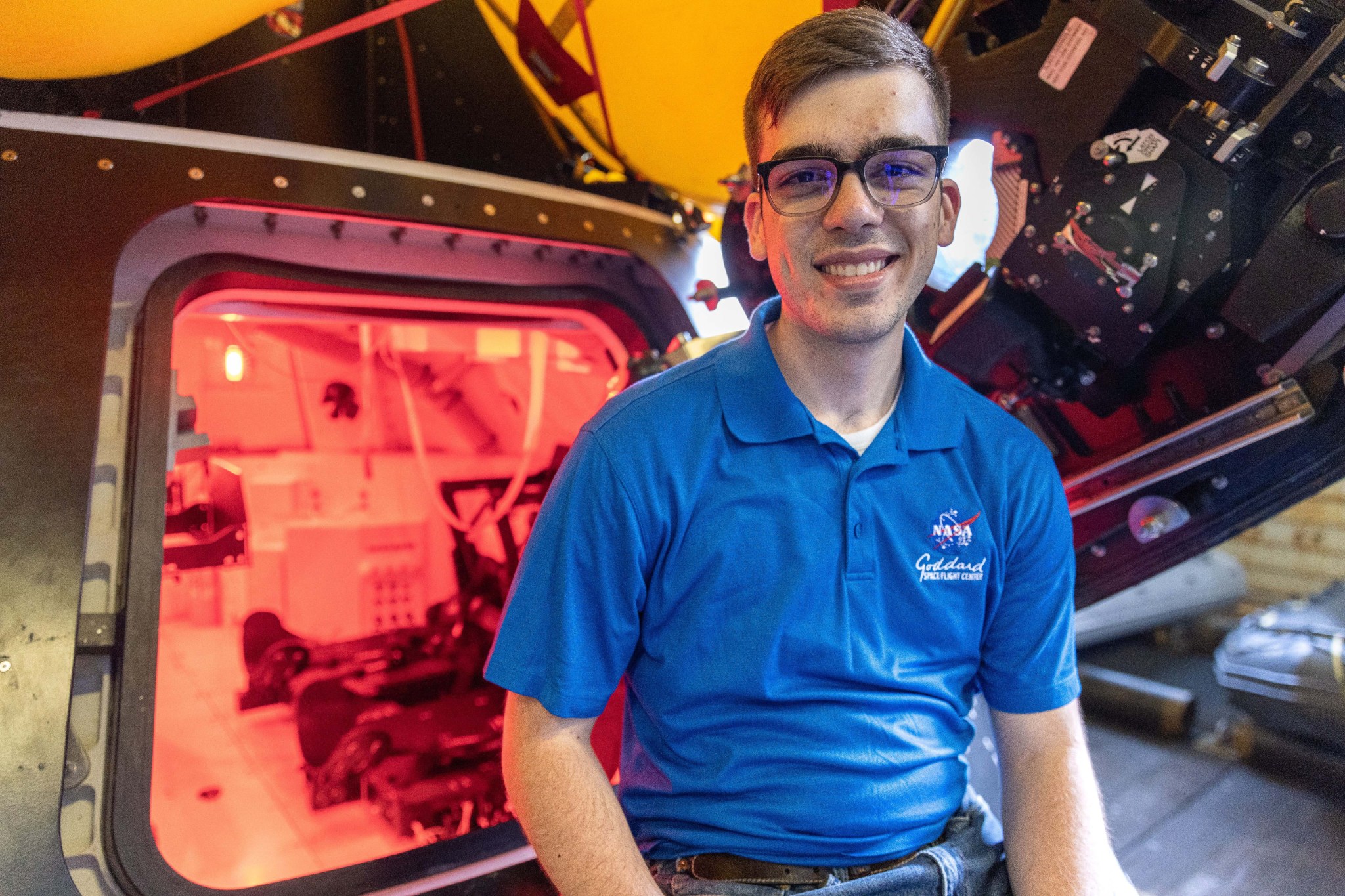
For over a decade, NASA's SCaN (Space Communications and Navigation) Internship Project alumni have played important roles in extending the agency's long-term vision for exploration. For National Intern Day on Thursday, July 25, previous program interns reflect on their journeys to and through NASA and offer advice for current and future interns.
Every summer interns join NASA's SIP (SCaN Internship Project) program to advance the capabilities of the agency's Deep and Near Space Networks that enable missions to communicate and navigate.
The SIP intern program develops the future workforce that will imagine, maintain, and operate the next generation of communications and navigation systems. In addition to interns' main projects, which can range from network engineering and orbital mathematics to mission awareness campaigns and graphic design, SIP interns participate in programming that enhances their professional development and networking skills.
Justin Long
Justin Long was a SIP intern in 2017 while earning his degree in electrical engineering.
Before he applied for an internship, Long was set on working in space communications at NASA and looked out for opportunities to deepen his aerospace experience. Long attributes his work at the University of Alaska Fairbanks' CubeSat lab for his acceptance into the intern program, as well as his university's unique partnership with NASA.
"On my morning walks, I would pass by several of the Near Space Network ground stations operated by the Alaska Satellite Facility at the University of Alaska Fairbanks," Long said. "At the time I was working on a ground station for our CubeSat program, so I went to intern.nasa.gov and searched anything space communications-related."
Long was selected for a project at NASA's Wallops Flight Facility in Virginia focused on ground station improvements to the agency's Near Space Network. In addition to looking at hardware upgrades for NASA-owned ground stations, Long also explored opportunities to expand the network by integrating commercial and university assets.

Now, Long works as a telecommunications engineer at NASA Goddard, designing antennas and communication systems for spacecraft. His experience with ground stations at NASA Wallops influences his work on spacecraft today.
"Working on communications systems means figuring out what the end-to-end system for a spacecraft looks like, from the radio to the antenna," Long said. "The internship prepared me to answer questions about how we're transmitting the data, how fast we can transmit it, and how much data we can receive in one day."
The major difference between his current role and his intern project is that the hardware he is developing will fly on a spacecraft rather than remain on Earth as part of a ground station antenna. Long will also test his hardware to ensure it functions as expected in orbit. The reward for this rigorous testing is the knowledge that the communications hardware he designed is a critical part of ensuring the spacecraft's successful operation.
"There is nothing more exciting than working hands-on with a spacecraft," Long said. "Getting to see the hardware integrated onto the spacecraft - watching the whole thing come together - is my favorite part of the job."
While Long's internship allowed him to come into his current position with a broader knowledge base than other engineers at his level of experience, he stresses that the networking opportunities he had with SIP were more important than the intern project itself.
"Even if you have an internship that's not directly in your field of expertise, the opportunity to network with NASA professionals and meet different groups can have impact on your career," Long said. "I'm still in contact with people I met as an intern."
Thomas Montano
Thomas Montano was completing his bachelor's degree in electrical engineering during his SIP internships in 2019 and 2020. In his current role as an electrical engineer in NASA's Search and Rescue office at Goddard, Montano supports human spaceflight recovery efforts as well as the development of a lunar search and rescue system.

Montano was initially interested in digital signal processing and communication systems, so he decided to apply for a SCaN internship.
"It wasn't really a contest between NASA and other internship programs," Montano said. "I got to work on cool projects. I got to work with cool people. Goddard is just a place that makes you want to do better and learn things."
Montano's first internship was rewriting a software tool for running link budgets, a log of signal gains and losses in a radio communications system. In his second internship, Montano developed a virtual model of the physical transmission environment for lunar communications systems that could combine with the link budget tool to create an end-to-end communication channel simulation.
Both tools continue to be used at the agency today, though Montano's current position has shifted his focus to the special realities of human spaceflight. Now, Montano is helping NASA test location beacons for the Artemis II astronauts. He describes meeting the Artemis crew while practicing capsule recovery on a U.S. Navy ship as an exciting and sobering reminder of the importance of his work.
"Nothing can top putting boots on the ground," Montano said. "Meeting the crew made the work all the more real. My work isn't hypothetical or theoretical. These are real people going to the Moon. My system cannot fail. The search and rescue system cannot go down. Failure really is not an option."






